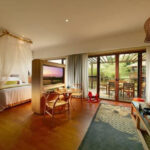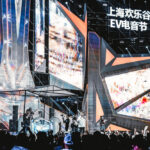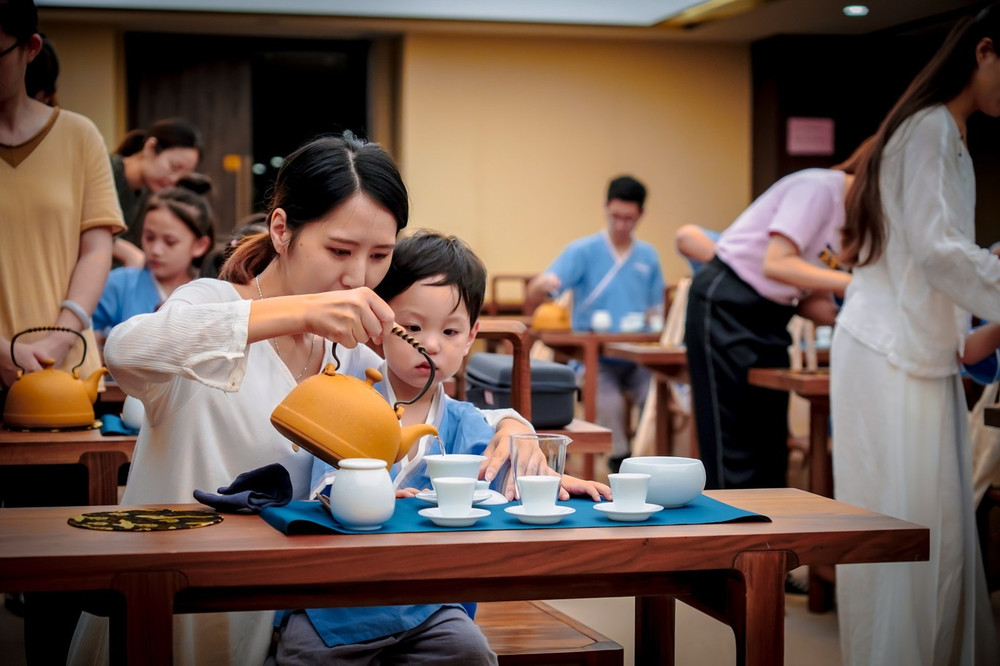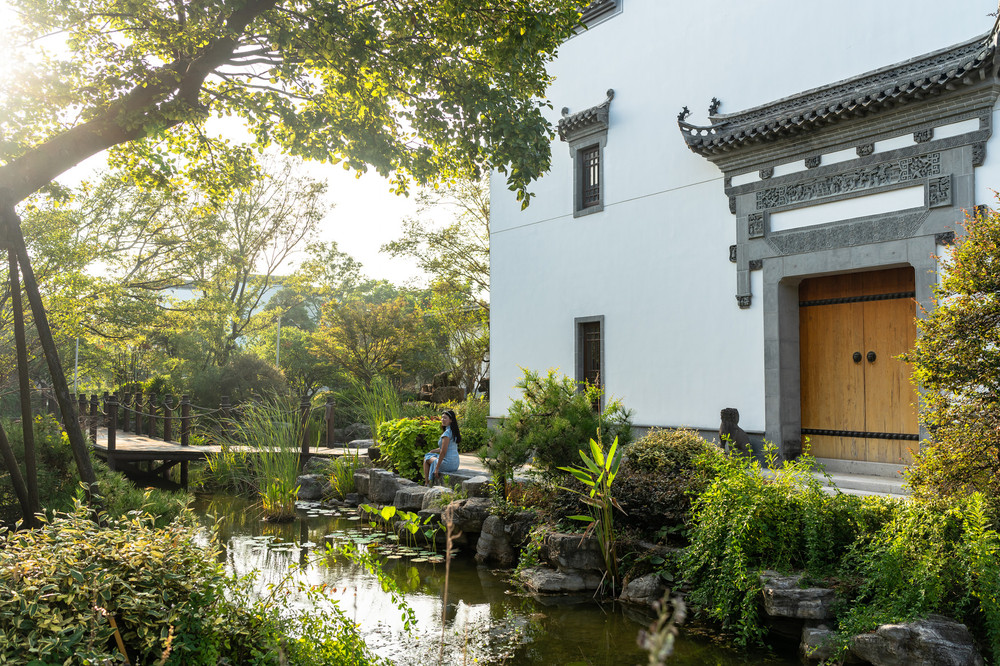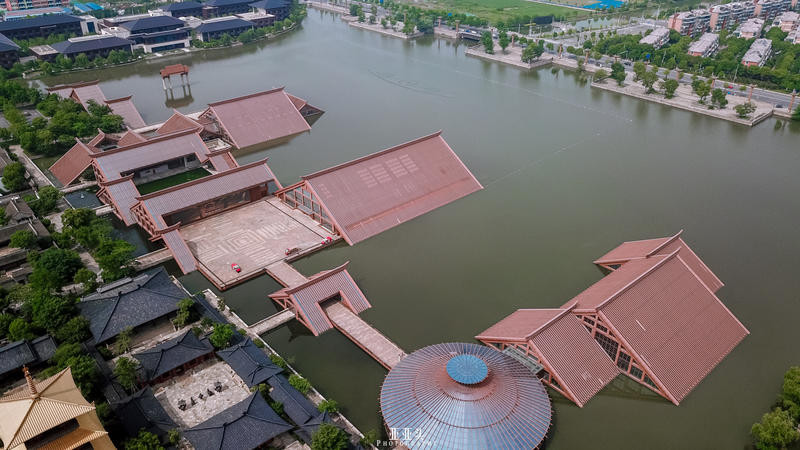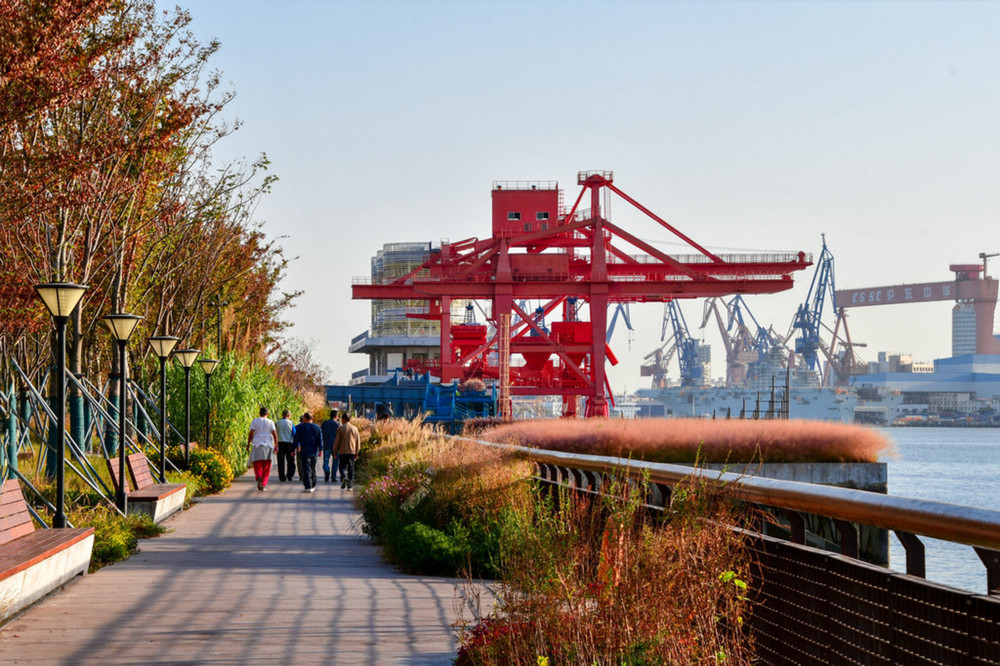Duration: 1 day. Time: August. Per capita cost: 30 yuan. With whom: Parent-child. Ways of playing: Independent travel, saving money, weekend tour.

The author visited these places: Shanghai, Shanghai Astronomy Museum, Sheshan Catholic Church, Xiudaozhe Pagoda, Earthquake Science Popularization Museum.
Published on February 24, 2020, 19:17.
The son is a little astronomy enthusiast. When coming to Shanghai, how can we not pay a pilgrimage to the Shanghai Observatory? The Shanghai Astronomy Museum has convenient transportation and is located on the top of Sheshan, a 99-meter-high historical famous mountain in the southwestern suburbs of Shanghai (I want to laugh). Are you also laughing when you are used to high mountains and large rivers? This mountain is really quite short. But for the flat Shanghai, it is truly the highest mountain.
Because the Sheshan Catholic Church and the Shanghai Earthquake Museum are also located on Sheshan and are not far apart, they can be arranged for a visit together. Get off at Sheshan Station of Shanghai Metro Line 9 and take a bus directly. Remember to get off at Xisheshan Forest Park. The observatory, Catholic church, and earthquake museum are all on Xisheshan. The air here is fresh. Come and walk. You can exercise and learn astronomical and geographical knowledge. It’s really a good place!
Sheshan Park does not charge admission. The tickets for the Astronomy Museum are very cheap. Adults are 12 yuan and children are 8 yuan. The opening hours are from 8:00 to 16:30. It is suitable for visiting and playing in all seasons.
Walk up along the steps from the entrance of Xisheshan Park. Along the way, there are dense forests and beautiful bamboos. The scenery is beautiful and the air is fresh. Not far away, you will see a slender and handsome tower called ‘Xiudaozhe Pagoda’. This tower is of brick and wood structure, 29 meters high, with seven floors and eight sides. The shape is beautiful. Understanding the construction process of this tower will make people filled with emotions. This tower was built in the Northern Song Dynasty. It was funded and built by a Taoist named Xiu (strangely, we don’t know his surname). After completion, he burned himself to death, which is very lamentable! This tower has a handsome appearance and still stands after thousands of years of wind and frost. It is one of the most famous historical sites in Sheshan!
Continuing to walk up, you will see a relatively large viewing platform. The stone railings here attract us because these railings are respectively carved with the patterns of the 12 constellations, which is very interesting. Here, the view is wide. The vast fields and urban scenery below are all in full view. The Sheshan Observatory is not far above the platform and can be reached in a few steps.
After buying a ticket, you can enter. There are commemorative badges for sale at the entrance. The design is very beautiful. They cost a few yuan each and can be bought as a souvenir! The Astronomy Museum is established on the basis of the old observatory. It is the Sheshan Observatory founded in 1898 by French Jesuit missionaries of the Catholic Church (now it belongs to the Shanghai Observatory of the Chinese Academy of Sciences). It is the earliest observatory in China. It is equipped with the largest astronomical telescope in Asia at that time purchased from France. It has a history of more than 100 years.
In front of the observatory stands a simplified instrument created and improved by Guo Shoujing, with four dragons carved on the brackets, exquisitely crafted and vividly lifelike. There is also an International Longitude Measurement Monument and a sundial. During our visit, the museum was hosting a meteorite exhibition, with dozens of meteorites of various sizes, including one weighing 350 kilograms, and several meteorite slices shimmering gold under the lights, quite beautiful! The astronomy museum also displays various astronomical telescopes used throughout history, numerous old photographs, as well as scientific artifacts such as astronomical clocks, marine chronometers, and calculators from over 100 years ago. The museum has over 1400 square meters of exhibition space, including the Ancient Astronomical Instruments Hall, Science Popularization Hall, Sundial Hall, Circular Hall, Reading Room, Screening Room, and Science Popularization Lecture Hall. An important artifact in the museum is the Paris meridian instrument that participated in the International Longitude Measurement. Next to it is a century-old library that, despite its modest appearance, houses tens of thousands of Chinese and foreign astronomical books, periodicals, and manuscripts, extremely valuable. The main building, with its French architectural style, is majestic and adjacent to the Catholic Church. The most impressive part of ourNext to it is a domed projection room, continuously playing astronomical blockbusters like ‘Journey through the Stars’ and ‘Formation of the Universe’. Being in it feels like stars and meteorites are flying towards you, quite shocking, and it is a very special experience. Many people sit on the ground and watch it several times in a row.
Later, we climbed to the rooftop observation deck. The view here is very open, with the white hemispherical roof of the observatory right in front of us, next to the red brick wall and Western-style spire of the Cathedral of the Virgin Mary.
The Shanghai Astronomy Museum is open to the public all year round and often organizes observation activities for solar and lunar eclipses, partial eclipses, comet returns, meteor showers, and other celestial phenomena, making it a great place for everyone to learn about astronomical knowledge.
Walking out of the astronomy museum, not far away is the Cathedral of the Virgin Mary. This is a very majestic cathedral, which was originally built in 1871 by French missionaries. It was once the Catholic pilgrimage center in the Far East, earning the reputation of ‘the first church in the Far East.’ It is also the most important pilgrimage site for Chinese Catholics. The church is a European ‘Baroque’ style building, integrating Greek, Roman, and Gothic architectural arts, with some building materials and decorations using traditional Chinese architectural techniques. The Catholic Church blends seamlessly with Sheshan Mountain, with red bricks and green mountains complementing each other. The entire architectural layout is in the shape of a Latin cross, reflecting the aesthetic beauty of symmetry and asymmetry. The interior of the church is extremely luxurious, with a dazzling golden splendor. Even if you are not a believer, you can enter and experience it.
The Shanghai Earthquake Science and Technology Museum is located on the way down the mountain. It is the first seismic station in mainland China, situated within the Sheshan Seismic Benchmark Station. It is a venue that combines a museum with a science and technology museum, preserving the most and oldest historical seismic instruments and historical geomagnetic and seismic data from both domestic and foreign sources. It is divided into three parts: ‘Seismic Science Hall,’ ‘Arc Screen Video Hall,’ and ‘Century Charm Hall.’ When we arrived, there were few people in the museum. We walked around and viewed various instruments and graphic materials. There is a glass floor in the museum, below which is a simulated post-earthquake scene. Walking on it is indeed shocking! Scientific research on earthquakes by humans is really necessary. I hope scientists can crack the problem of earthquake prediction as soon as possible to benefit humanity! We also watched two earthquake videos in the 180-degree projection arc screen video hall. Due to the large screen, being in it feels like the images have a huge impact, which is very shocking! In the bamboo forest of the Earthquake Museum, there is the ‘Bagua Array,’ which is the first array in mainland China and the most advanced high-tech seismic observation instrument in the world. It can accurately locate the position of the earthquake and improve the ability to warn of earthquakes. In addition, there is a 1200-kilogram German Wiechert seismograph, which is an ‘ancestor.’ It has been serving in China since 1909, and it is still the only preserved antique seismic instrument. Its horizontal pendulum is still operational. These are rare items, so don’t miss the opportunity to visit. The earthquake museum is also free. The opening hours are Tuesday to Saturday, 9 am to 4 pm.
We set out from the city at 7 am and slowly walked out of the earthquake museum at around 3 pm in the afternoon. Not far from the earthquake museum, there is a bus stop, and the return trip is very convenient. This day’s itinerary was to look up at the stars, look down at the earth’s movements, observe astronomy on the mountain, and geography at the foot of the mountain. It was a very fulfilling day. You can bring some food and stroll around. Walking in the forest not only exercises the body but also gains knowledge. It will be an excellent day!
Most of the attractions in Shanghai are in the city. Shanghai’s public transportation system is highly developed, allowing for a flexible and convenient travel experience. With proper planning, you can visit any destination you wish and stay for as long as you desire, without the constraints typically associated with group tours. For more travelogues, consider following my WeChat public account: Travel Guide 123.


